 Brooks and Dunn Music
Brooks and Dunn Music
Gender: Male - Starting with B
 Brooks and Dunn Music
Brooks and Dunn Music
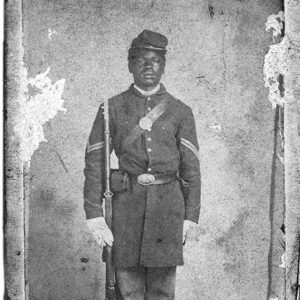 Aaron Brooks
Aaron Brooks
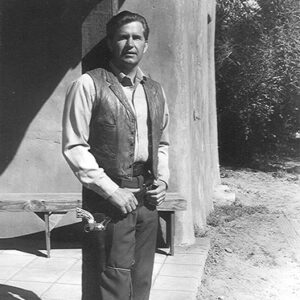 Doyle Brooks
Doyle Brooks
Brooks, John Doyle
Brooks, Joseph
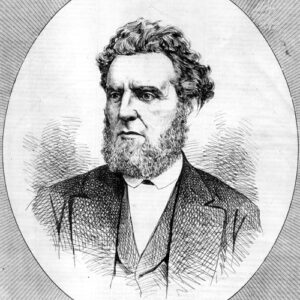 Joseph Brooks
Joseph Brooks
Brooks, William H.
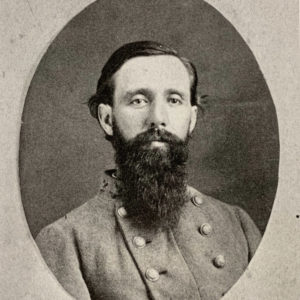 William H. Brooks
William H. Brooks
Broonzy, “Big Bill”
aka: William Conley Lee Broonzy
 "Big Bill" Broonzy
"Big Bill" Broonzy
Brothers of Freedom
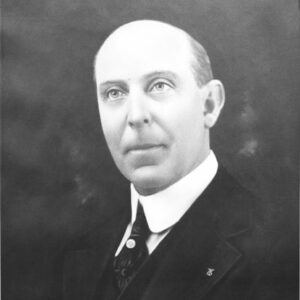 Charles Brough
Charles Brough
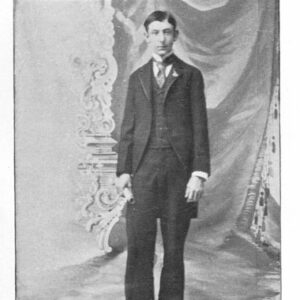 Charles Brough
Charles Brough
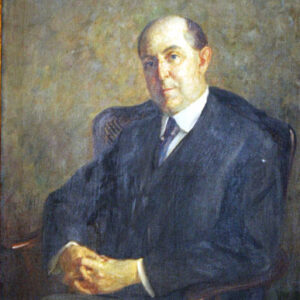 Charles Brough
Charles Brough
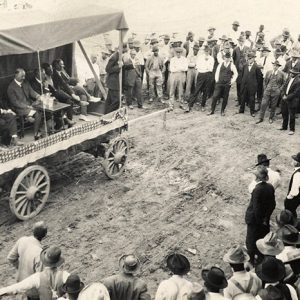 Charles Brough
Charles Brough
 Charles Brough
Charles Brough
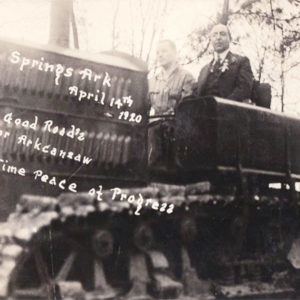 Charles Brough
Charles Brough
Brough, Charles Hillman
Brown, Barney (Murder of)
Brown, Benjamin Chambers
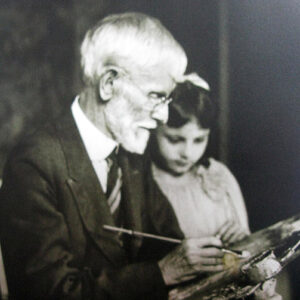 Benjamin Brown
Benjamin Brown
Brown, Dee
aka: Dorris Alexander Brown
 Dee Brown
Dee Brown
 Dee Brown
Dee Brown
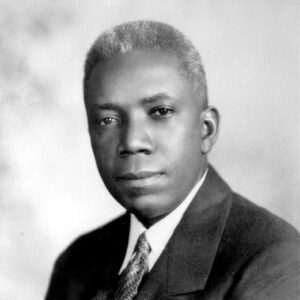 Floyd Brown
Floyd Brown
Brown, Floyd B.
Brown, Fountain
Brown, Frank (Lynching of)
 Isaac Newton Brown
Isaac Newton Brown
Brown, J. L.
aka: James Lafayette Brown
Brown, Jacob
Brown, Jim Ed
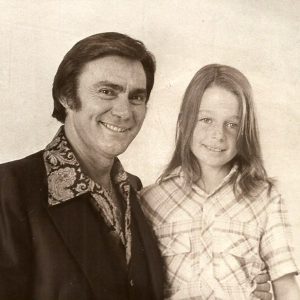 Jim Ed Brown and Daughter
Jim Ed Brown and Daughter
 Jim Ed Brown
Jim Ed Brown
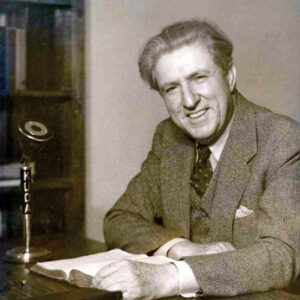 John Elward Brown
John Elward Brown
 John Elward Brown
John Elward Brown
Brown, John Elward
Brown, Lyle
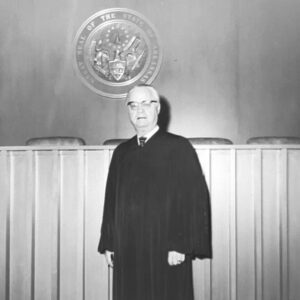 Lyle Brown
Lyle Brown
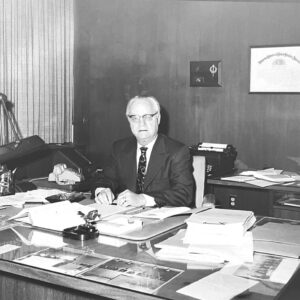 Lyle Brown at Desk
Lyle Brown at Desk
 Robert C. Brown
Robert C. Brown
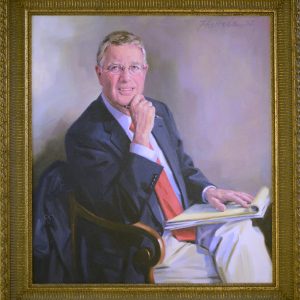 Robert L. Brown
Robert L. Brown
Brown, Robert Laidlaw (Bob)
Brown, Robert Raymond
 Roscoe Brown
Roscoe Brown
 Walter Lee Brown
Walter Lee Brown




